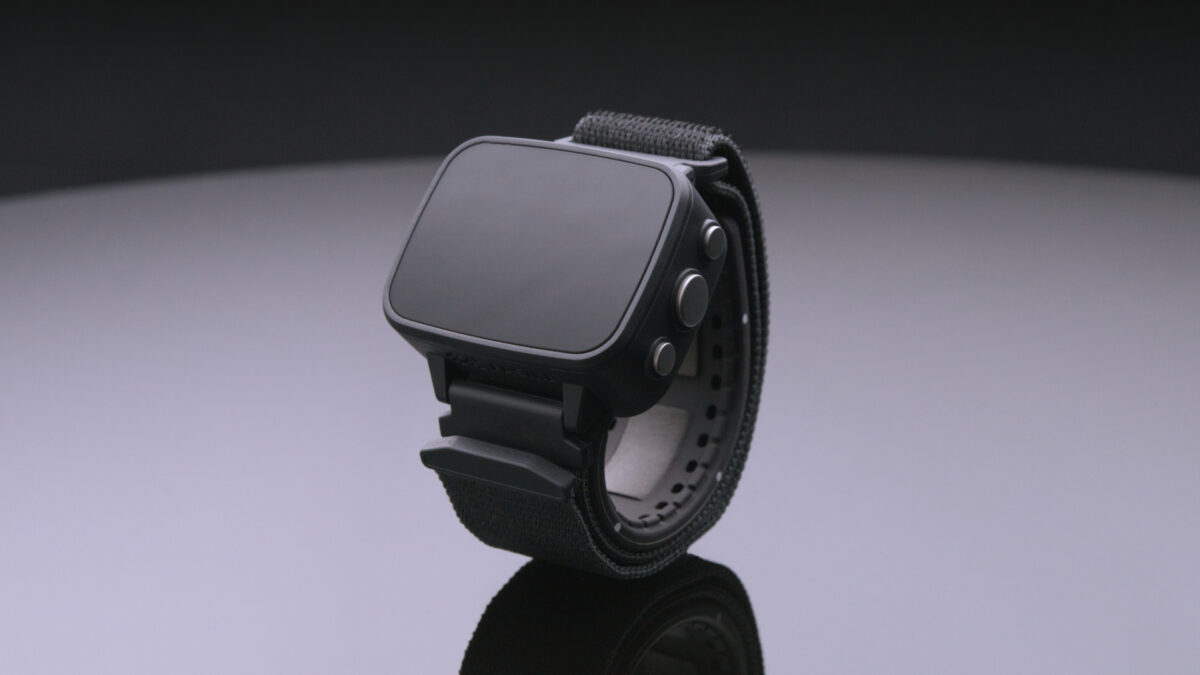The recent 510(k) clearance of Zimmer Biomet’s ROSA Shoulder System by the US Food and Drug Administration (FDA) is the first instance of a surgical system that can be used for robotic-assisted shoulder replacement surgery.
In fact, the ROSA Shoulder System is the world’s first robotic surgery system that can be used for shoulder replacement. It is also the fourth application for the comprehensive ROSA Robotics portfolio, which also includes the ROSA Knee System for total knee arthroplasty and the ROSA Hip System for total hip replacement.
Zimmer Biomet’s innovative shoulder implant portfolio includes the Identity Shoulder System and the ZBEdge Dynamic Intelligence, which enhance the company’s innovative digital technologies, robotics and implant solutions.
“We are proud and excited to be the first company in the world to deliver a robotic surgical assistant for anatomic and reverse shoulder replacement surgery,” said Ivan Tornos, president and chief executive officer of Zimmer Biomet, in a news release.
The ROSA Shoulder System is expected to be commercially available in the US in the second half of 2024. To add to the ZBEdge Dynamic Intelligence portfolio for patients undergoing shoulder replacement surgery, the system is expected to be integrated with the company’s mymobility Digital Care Management Platform.
XTALKS WEBINAR: Electromagnetic Compatibility and Radio Compliance for Medical Devices
Live and On-Demand: Wednesday, April 24, 2024, at 11am EDT (4pm BST/UK)
Register for this free webinar to gain insights into electromagnetic compatibility (EMC) requirements for medical devices and how to integrate a radio in a medical device.
Unveiling the Mechanism: How the ROSA Shoulder System Functions
Because of its complex anatomy and range of motion, the shoulder can be extremely challenging while performing orthopedic surgery. The preciseness of implant placement is important for ensuring successful shoulder replacements as it can directly influence the longevity of the implant and a patient’s postoperative functionality.
The ROSA Shoulder System uses advanced imaging technologies to develop a detailed 3D model of a patient’s shoulder anatomy. Surgeons can use this model as the foundation for pre-operative planning and customize the surgical approach based on a patient’s anatomical requirements. The precision is enhanced during surgery as the robotic arm guides the surgeon’s movements.
The real-time guidance helps ensure that surgical instruments and implants are accurately positioned as per the pre-operative plan. Thus, for surgeons, this system is a significant leap forward in improving surgical precision and provides detailed pre-operative planning and intra-operative guidance, which in turn helps minimize the risk of complications.
“ROSA Shoulder represents a novel advancement intended to help surgeons leverage the power of robotics and data analytics to perform highly complex shoulder procedures with accuracy and efficiency,” said Tornos.
The precision level is important for handling the complexity of surgical procedures and helps improve the overall patient outcome by optimizing the fit and positioning of implants. The robotic system also possibly reduces the chances of implant misalignment, which could lead to premature wear or the need for revision surgery.
Outlook for the ROSA Shoulder System
The adoption of robotic systems such as the ROSA Shoulder System signals a shift in market requirements owing to an increased emphasis on precision medicine and personalized healthcare solutions. Therefore, companies within the medical device sector should invest in research and development of similar technologies as it can potentially lead to collaborations, partnerships and growth in the healthcare ecosystem. Furthermore, the efficiency of the system can help ensure reduced surgery times and potentially quicker recovery periods, thus enhancing patient satisfaction and quality of life.
Although there are many benefits of using the ROSA Shoulder System, its implementation is difficult. The high cost can be a barrier to adoption for many healthcare facilities, particularly those in underserved regions. Moreover, the successful integration of these technologies requires comprehensive training for surgeons as well as surgical teams, thus highlighting the requirement for on-going education and support from manufacturers.
Moreover, like any other technological advancement, there are concerns about patient safety and the possibility for over-reliance on technology. Surgeons need to be at the forefront of decision-making with the system assisting them rather than replacing them, thus ensuring the integrity of patient care.
Related: FibroLux Laser Therapy Offers 50 Percent Reduction in Fibromyalgia Pain
Contenders in the Robotic-Assisted Surgery Market
In addition to Zimmer Biomet’s ROSA Shoulder System, many companies have developed or are developing similar shoulder surgery systems.
Stryker’s Mako System
Although initially targeted for knee and hip arthroplasty, Stryker’s Mako Robotic-Arm Assisted Surgery system has been expanding its capabilities. It allows surgeons to plan their surgery using a 3D model of the patient’s anatomy and helps in the precise removal of bone and cartilage. Stryker is expected to start with reverse shoulder procedures and focus on bone preparation as a differentiating factor.
Intuitive Surgical’s da Vinci System
Intuitive Surgical’s da Vinci system is associated with general, gynecological and urological surgeries; however, its precision and flexibility indicates the potential use for many surgical procedures, including orthopedics.
Smith & Nephew’s NAVIO Surgical System
Smith & Nephew’s NAVIO Surgical System is generally used for knee surgeries. It offers precision and customization without requiring pre-operative imaging, thus suggesting potential future applications for shoulder and other joint replacements.
Globus Medical’s ExcelsiusGPS
Globus Medical’s ExcelsiusGPS is a robotic navigation system used for spine surgery. Similar to GPS, ExcelsiusGPS combines technology with navigation and enhances the precision of spinal surgeries. Although its current application is in spinal procedures, there is potential for adaptation to other areas of orthopedics, including shoulder surgeries.
Medtronic’s Mazor Robotics
Medtronic’s Mazor X Stealth Edition is also used for spinal surgeries and it combines robotics with navigation. Like Globus Medical’s system, while focused on spinal surgeries, it has potential applications in other orthopedic procedures, including those involving the shoulder.
As the field continues to evolve, more direct competition is expected in robotic systems that are specifically designed for shoulder and other joint replacements. The challenge here onwards is also making these advanced systems accessible to more healthcare providers and patients. The increased push towards personalized medicine will also influence the development of these technologies.
Zimmer Biomet’s ROSA Shoulder System is at the forefront of robotic-assisted orthopedic surgery. It offers a glimpse into the future of healthcare where precision, efficiency and patient-centric care are paramount. For surgeons, patients and the healthcare industry at large, such innovative technologies serve as reminders of the incredible potential that is being unlocked by the intersection of technology and human health.












Join or login to leave a comment
JOIN LOGIN